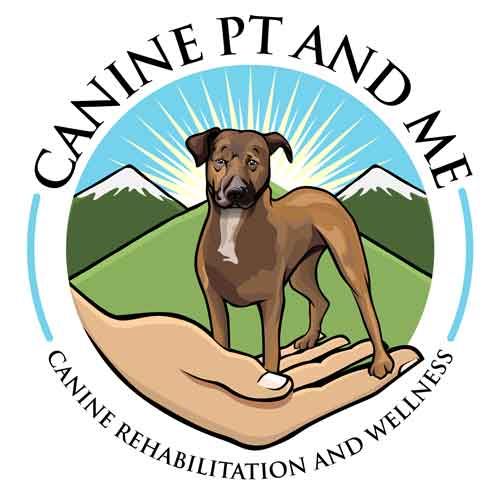In this post, we would like to discuss one of the most common spinal injuries in dogs – IVDD. We will talk about disc anatomy, what IVDD is, and how you can give your pup some relief.

Disc Anatomy-
Normal VS Herniated Disc
Can be compared to a jelly donut. The nucleus pulposus would be the jelly. The annulus fibrosis would be the donut.
What Happens?
Intervertebral disc degeneration results in diminished shock-absorbing capacity, and can ultimately lead to disc herniation and spinal cord compression. Essentially, the nucleus pulposus (jelly) ruptures through the outer ring- annulus fibrosis (donut). This causes the jelly to get trapped under the spinal cord which causes the compression. In more severe cases, the disc ruptures forcefully and bruises the spinal cord.
Symptoms
Neck or back pain, wobbly gait (ataxia), weakness or paralysis. If a rupture happens in the neck, it can affect all limbs. If a rupture happens on the longer stretch of the back, only the hind legs would be affected. An MRI is ideal for diagnosing.
Treatment
Beginning stages can be treated with a conservative medical approach. This is aimed at treating pain and inflammation, and typically includes rehab alongside a regiment of anti-inflammatory medications, and dietary management. Wheelchairs can also be very helpful in ensuring your pups independence. More serious cases require surgery.
~Canine PT and Me Team
